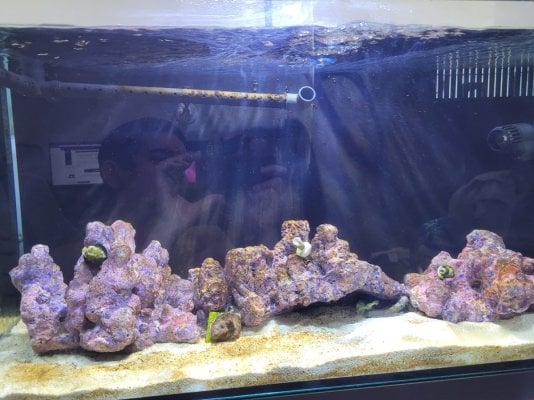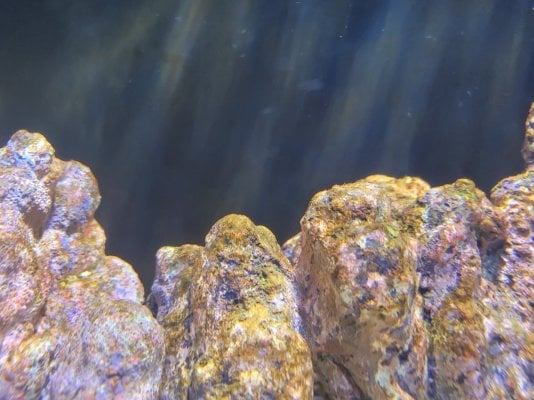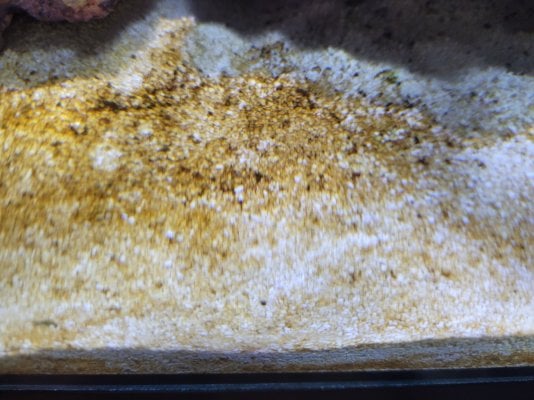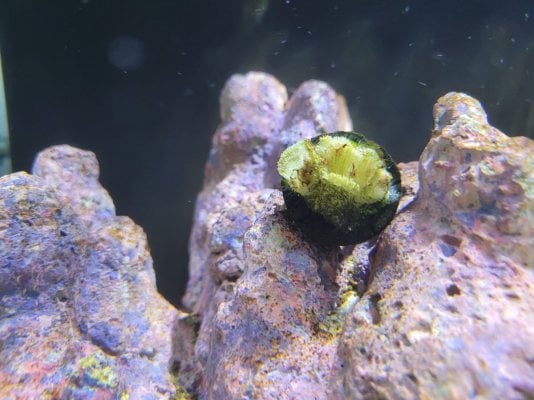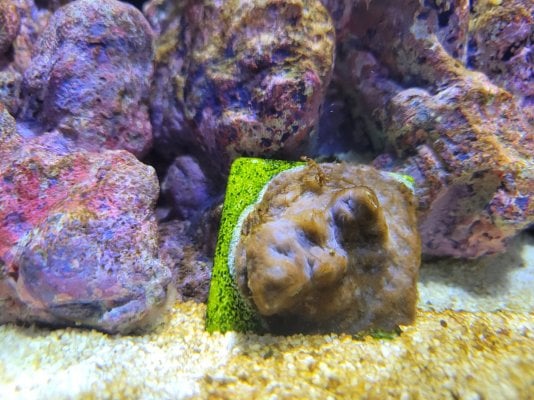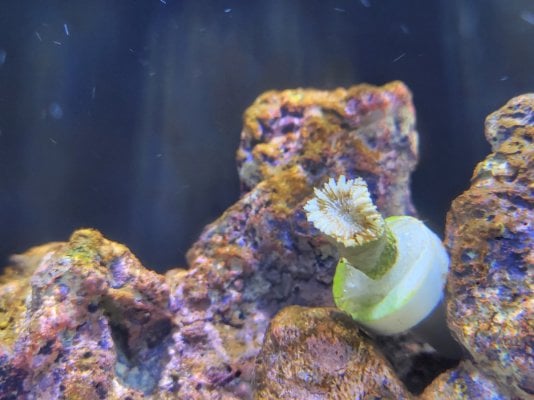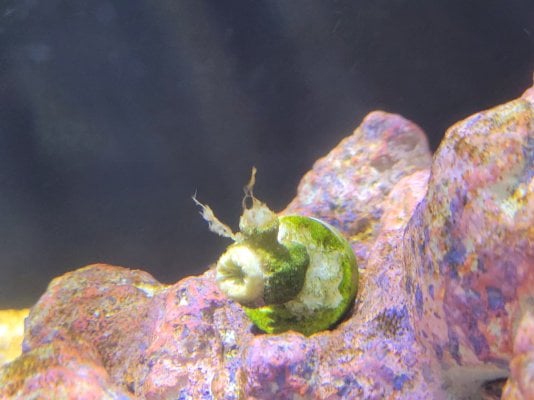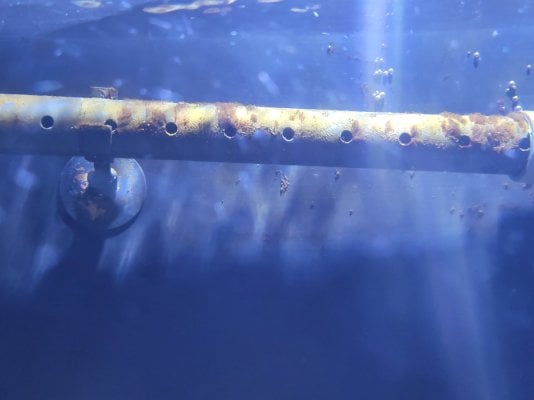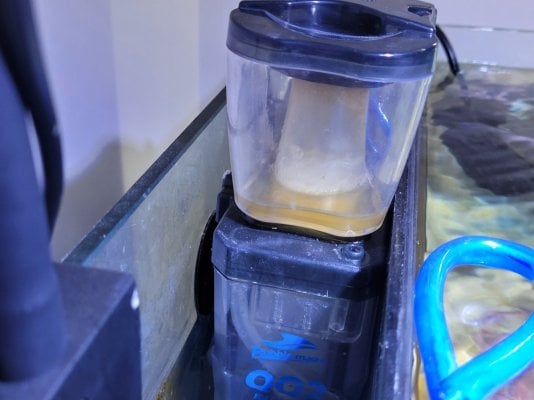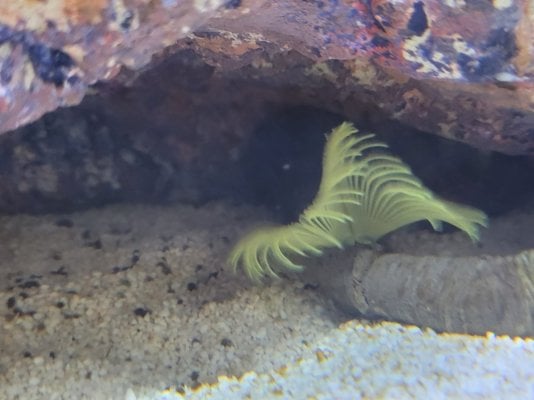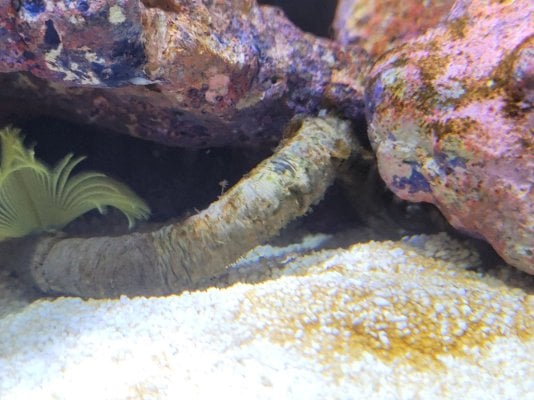The pistol shrimp, thats exactly the reason we want it. We love watching a watchman goby and a pistol shrimp buddy up so are hoping we get the same behaviour in our setup. So we will also definitely be going for a goby.matters what shrimp you are talking about and what they will clean. Peppermint shrimp are great to eradicate pest anemones like aiptasia, pistol shrimp wont clean anything up but has an interesting relationship with gobies, while cleaner shrimp may pick some parasites and dead skin from fish, but they wont prevent every infection
We originally went with a cleaner shrimp in general to help clean the tank although I believe they actually get their names from cleaning fish so I may have not really picked the right shrimp anyway. But if they do help with algae on rocks/sand then I was thinking it would help. I'm just trying to make the tank a self looking after type of eco system which I guess is everyones goal, so it was my idea for clean up crew although since adding the snails, they do a pretty amazing job on algae on rocks.
The Royal Gramma was my partner, he loved the look of it and we looked into it and it said it was quite calm. It did mention defending their cave which we thought maybe OK although in practice, we did see this sort of showing at times so maybe a Gramma is not the best choice. It's such a shame, perhaps if our tank was bigger, but at 30g yes it may be an issue. We also don't have too much rock so not too many caves to choose from. Originally it was a dottyback that he saw and loved the two tone pink/yellow look but we asked the store and they told us quite rightly that dottybacks are aggressive and the gramma was more chilled out. So that was kind of the thinking there, but if its off limits, then its off limits.Royal Grammas are shy and like their caves during the day. In a small tank they feel the need to defend the cave. In a small community tank this can be a problem.
a peppermint shrimp would be better suited.
We will avoid large fish, being a nano tank we always wanted to stay small with them anyway. The plan with the tang originally was grow it up for a while and when it got too big sell it on to someone with a bigger home, but again, we were uninformed and I can now see, thats just not good practice, its cruel, will not do.Once well establish a pistol and goby pair and other small gobies are what you will want. No angels, tangs or other large fish.
So very true, this is what my partner has noticed. I've been into the hobby a little for years but just not had a setup in a while, my partner is just discovering it all and he's noticing how complex it all is to make sure all the tank and fish/other live stuffs work together. He is fascinated by it though. We don't really see this major issue we've hit as like a huge problem, its a learning experience. I do feel guilty knowing we are playing with lives here so this is really hitting home that we need to be correct about everything and this is why we've decided to engage you fine folk as we want to make sure next time, nothing dies.and even peppermint shrimp can go after corals so you have to watch them. Almost anything you add can both benefit or hurt the tank, sometimes just personality of individual fish/invert matter. I had a regal tang that liked to bite my acropora (bali slimer was its favorite), this hobby is complicated lol




